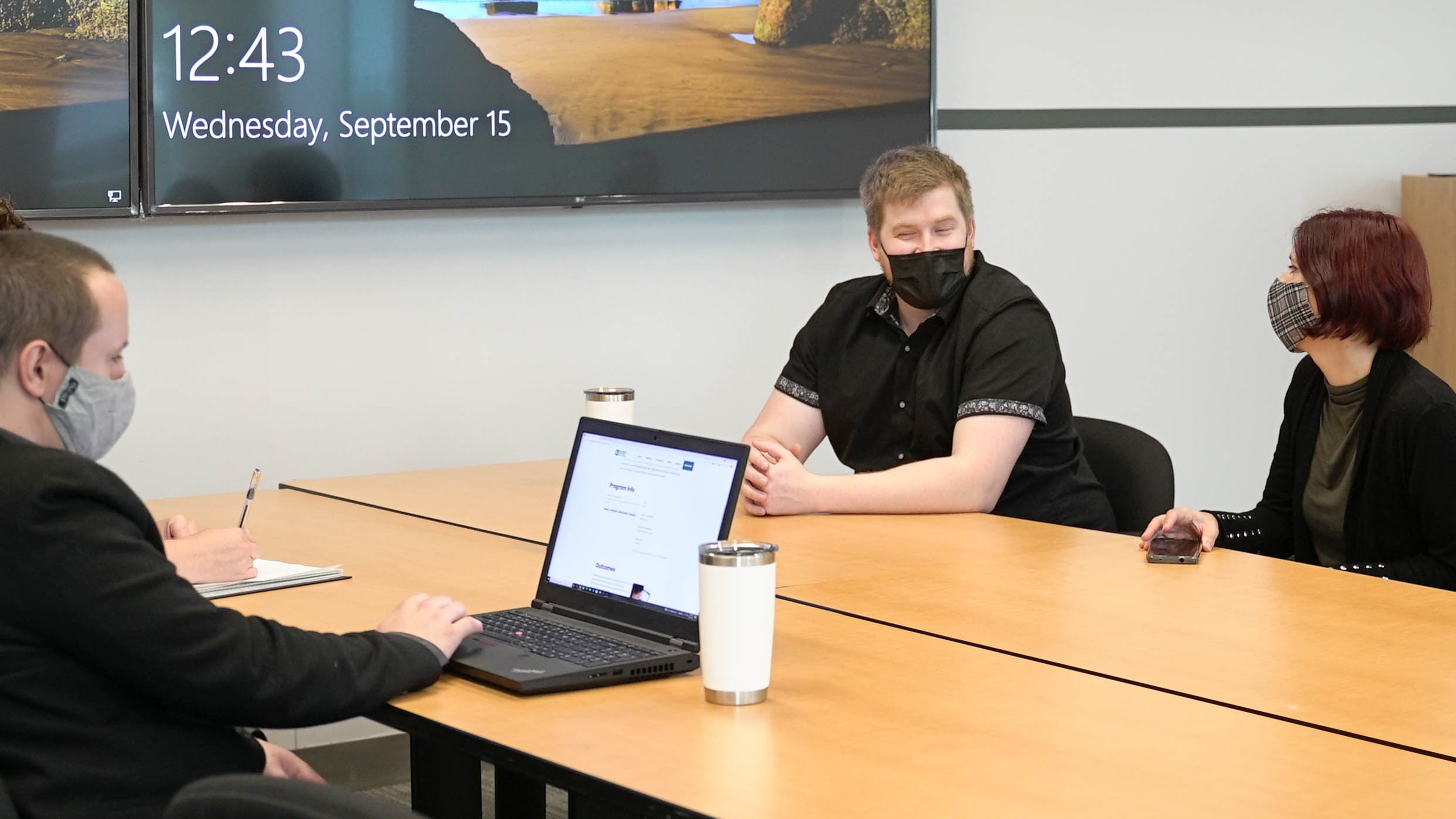Applying a Collaborative Approach to Recruiting: Enhancing the Hiring Process

In today’s competitive job market, finding and hiring the right talent is crucial for the success of any organization. To ensure that the hiring process is efficient and effective, many companies are adopting a collaborative approach to recruiting. This approach involves involving multiple stakeholders in the hiring process, including hiring managers, team members, and even external partners. By leveraging the collective expertise and perspectives of these individuals, organizations can make more informed decisions and ultimately hire the best candidates. In this article, we will explore the benefits of applying a collaborative approach to recruiting and provide some practical tips for implementing it.
Benefits of a Collaborative Approach to Recruiting
1. Diverse Perspectives: When multiple stakeholders are involved in the recruiting process, it brings together a diverse range of perspectives. Each individual may have unique insights and experiences that can contribute to a more comprehensive evaluation of candidates. This diversity of perspectives can help identify candidates who may have been overlooked by a single decision-maker, leading to a more inclusive and diverse workforce.
2. Improved Decision-Making: By involving multiple stakeholders, organizations can tap into the collective wisdom of their team. Collaborative decision-making allows for a more thorough evaluation of candidates, reducing the risk of biased or subjective decision-making. It also helps to ensure that the hiring decision aligns with the organization’s values, culture, and long-term goals.
3. Increased Engagement: Involving team members in the recruiting process can foster a sense of ownership and engagement. When employees feel that their opinions and insights are valued, they are more likely to be invested in the success of the new hire. This can lead to higher levels of employee satisfaction and retention, as well as a more cohesive and productive team.
Tips for Implementing a Collaborative Approach to Recruiting
1. Define Roles and Responsibilities: Clearly define the roles and responsibilities of each stakeholder involved in the recruiting process. This will help ensure that everyone understands their role and knows what is expected of them. It is important to establish clear communication channels and set realistic timelines to keep the process on track.
2. Foster Open Communication: Encourage open and honest communication among stakeholders throughout the hiring process. Create opportunities for dialogue and collaboration, such as group interviews or panel discussions. This will allow for the exchange of ideas and perspectives, leading to more informed decision-making.
3. Use Technology to Facilitate Collaboration: Leverage technology to streamline the collaborative recruiting process. Use applicant tracking systems (ATS) to centralize candidate information and facilitate communication between stakeholders. Online collaboration tools can also be used to share feedback, evaluate candidates, and track the progress of the hiring process.
4. Provide Training and Support: Ensure that all stakeholders involved in the recruiting process receive the necessary training and support. This will help them understand their role in the process and develop the skills needed to effectively evaluate candidates. Providing ongoing support and feedback will also help improve the overall effectiveness of the collaborative approach.
5. Evaluate the Success of the Collaborative Approach: Regularly evaluate the effectiveness of the collaborative approach to recruiting. Collect feedback from stakeholders and analyze key metrics, such as time-to-hire and quality of hires. Use this data to identify areas for improvement and make adjustments as necessary.
Adopting a collaborative approach to recruiting can significantly enhance the hiring process and improve the quality of hires. By involving multiple stakeholders, organizations can tap into a wealth of knowledge and perspectives, leading to more informed decision-making and a more diverse workforce. Implementing a collaborative approach requires clear communication, defined roles, and the use of technology to facilitate collaboration. With the right strategies and support, organizations can leverage the power of collaboration to attract and retain top talent.






